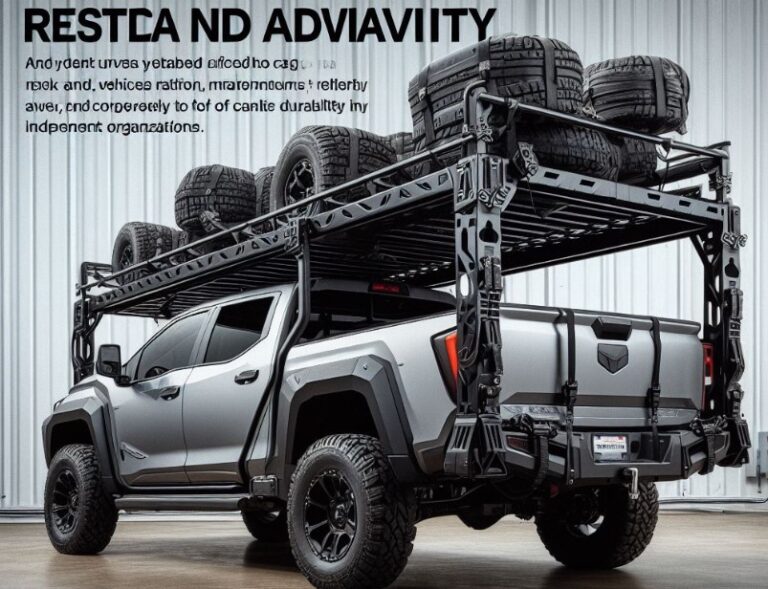How Many Yards Does A Concrete Truck Hold? Answered
When it comes to construction projects, one of the most common questions that arise is, How Many Yards Does A Concrete Truck Hold? This is crucial information for contractors, builders, and even DIY enthusiasts. Knowing the concrete truck’s capacity helps in planning and executing construction tasks more efficiently.
Key Takeaways
- Most concrete trucks carry between 8 to 10 yards of concrete.
- The capacity may vary depending on the company and location.
- Overloading the truck can lead to road damage.
- Costs can be around $1000 for a full truck.
How Many Yards Does A Concrete Truck Hold?
Most concrete trucks carry around 9.5 yards of concrete. Any more than this could make the truck so heavy that it could damage roads. The capacity can vary depending on the company and location. For instance, Blue Star concrete trucks can hold up to 10 yards.
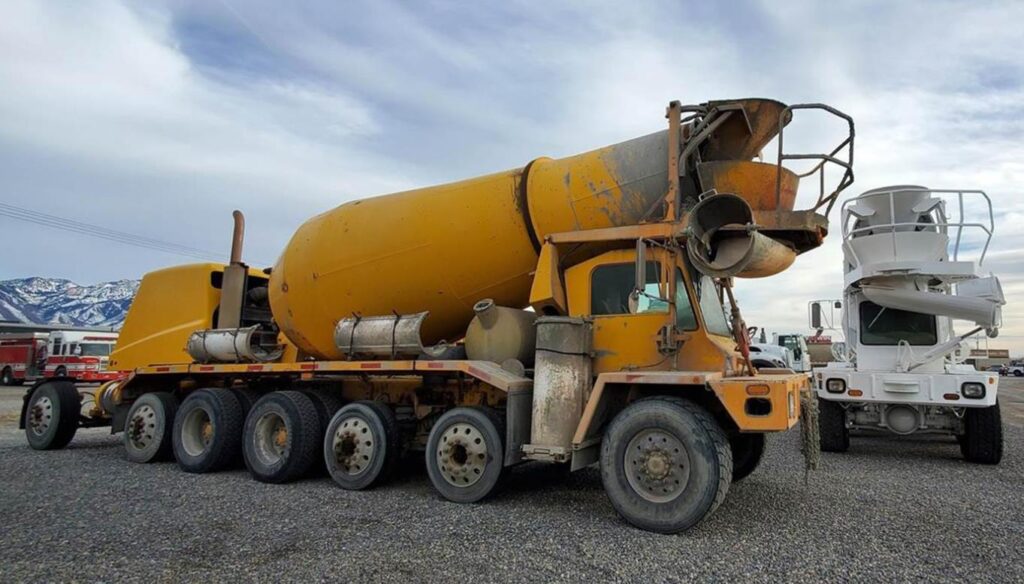
Factors Affecting Capacity
Company Policies
Different companies have different policies regarding the amount of concrete their trucks can carry. For example, IMI and Shelby Materials both limit their trucks to 9.5 yards.
Location
The capacity can also vary depending on the state or country’s regulations. In Indiana, for example, the standard is around 9.5 yards.
Truck Size
There are different sizes of concrete trucks. Larger trucks can carry up to 14 yards, while mini trucks may only hold around 4 yards.
Cost Implications
A full truck of concrete can cost around $1000. This is an important consideration for budgeting your construction project.
Quality of Concrete
Not all concrete is created equal. For instance, Blue Star concrete is not recommended if you are looking for smooth, high-quality concrete.
Safety Concerns
Overloading a concrete truck not only risks damaging the roads but also poses safety risks. Always adhere to the recommended limits.
Understanding Concrete Truck Capacity Beyond the Basics
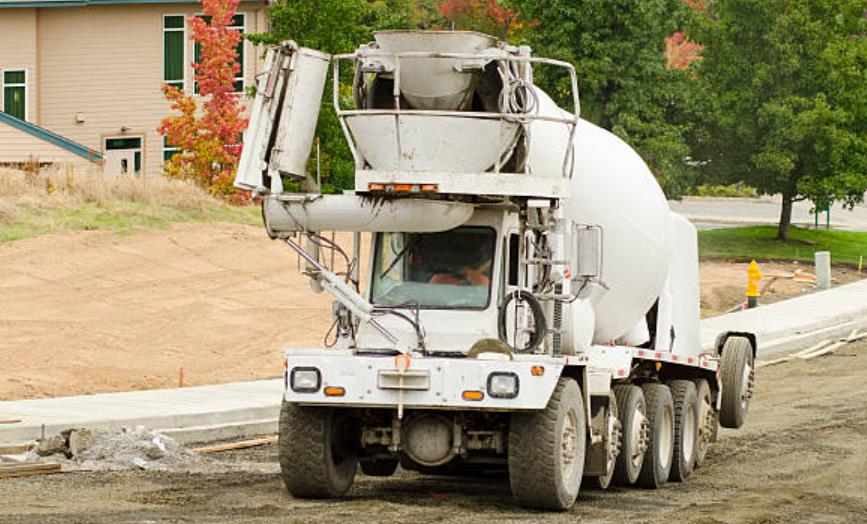
Drum Rating vs Actual Capacity
While drum ratings indicate the amount of concrete a truck should ideally hold, it’s not the maximum limit. For example, a drum rated for 10 yards can physically hold about 14 yards.
However, filling it to the brim can lead to costly repercussions, such as imbalance and potential damage.
The Importance of Breathing Room
Easier Blending
Leaving some space in the drum ensures that the concrete ingredients blend smoothly. Overfilling can result in clumps and an inconsistent final product.
Safer Transport
Excess material in the drum can lead to spillage, especially during transit. Given the higher-than-average accident rates for concrete trucks, this is a significant concern.
Tips for Optimizing Capacity
Regular Maintenance
Booking concrete chipping appointments every three months is essential for maintaining your truck’s capacity. These sessions involve removing dried material that has formed along the drum walls.
Monitoring and Inspection
Keep an eye on your drum’s workload. Busy seasons may require more frequent maintenance. Regularly inspect for any signs of clogs or lags.
Chemical Cleaners: A Partial Solution
Using chemical cement mixer drum cleaners between pours can help keep buildup at bay. However, this is not a complete solution, and regular chipping appointments are still necessary.
Advanced Considerations for Concrete Truck Capacity
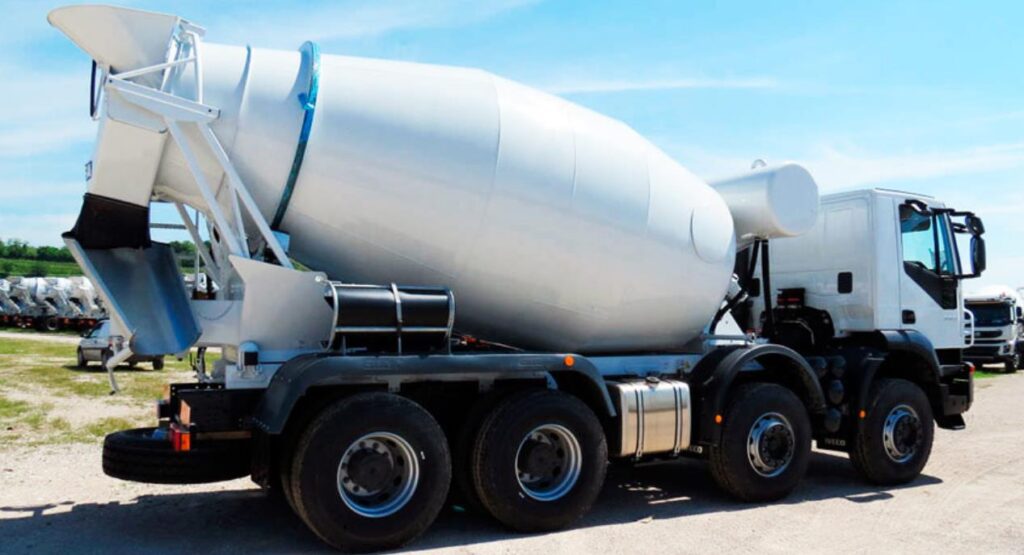
Ready Mix vs Volumetric Trucks
Both ready mix and volumetric trucks are essential in the concrete production industry, each with its unique pros and cons. While ready-mix trucks are generally used for larger projects or those with tight budgets, volumetric trucks offer more flexibility and customization.
Job Site Conditions
Volume of Concrete Required
The volume of concrete required for a job can significantly influence the type of truck used. For instance, ready-mix trucks are often more suitable for larger volumes.
Logistical Considerations
The logistics of the job site, such as accessibility and distance from the concrete plant, also play a role in deciding the type of truck to use.
Weight Considerations
A fully loaded concrete truck can exert up to 66,000 pounds on a slab, with each of its rear axles bearing 28,000 pounds. This is crucial information when considering the integrity of slabs-on-grade.
Technological Advancements
GPS Tracking
GPS tracking software can significantly enhance the efficiency of concrete truck operations, providing real-time data on truck locations and speeds.
Truck Camera Systems
Camera systems can offer additional safety measures, ensuring that the truck is operating under optimal conditions.
How Much Does A Concrete Truck Weigh With 10 Yards Of Concrete?
A concrete truck carrying 10 cubic yards of concrete weighs approximately 66,000 pounds. The concrete itself accounts for about 40,000 pounds, while the truck’s weight is around 26,000 pounds.
It’s crucial to consider this total weight when planning logistics, as it impacts factors like road limitations and the integrity of the construction site.
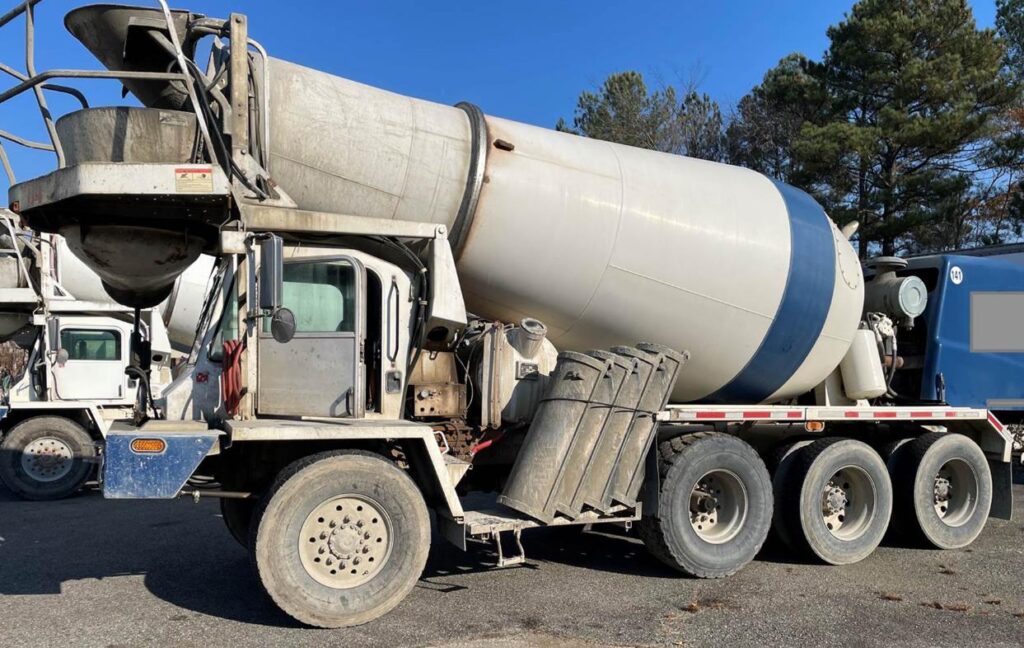
How Many Cubic Yards Is On One Truck Of Concrete?
The capacity of a concrete truck varies depending on the type and model. However, most standard concrete trucks can carry around 10 cubic yards of concrete.
Some smaller trucks may carry around 5-6 cubic yards, while larger trucks can carry up to 12 cubic yards. Knowing the truck’s capacity is essential for efficient planning and execution of a construction project.

How Much Concrete Do Trucks Carry?
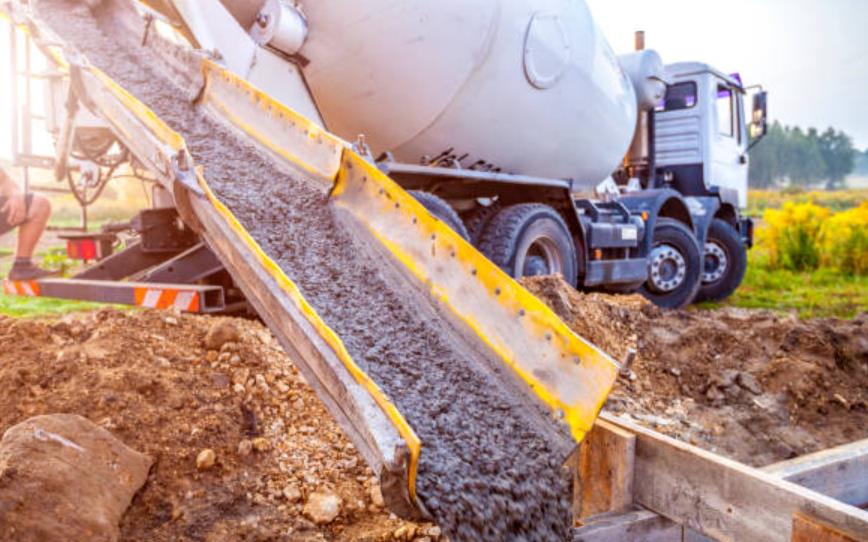
As mentioned earlier, the amount of concrete a truck carries depends on its type and model. Standard concrete trucks usually carry around 10 cubic yards.
It’s important to note that the truck should not be loaded to its maximum capacity to allow for what is known as “breathing room,” ensuring that the concrete mixes properly during transit.
Conclusion
When it comes to understanding the advanced considerations for concrete truck capacity, it’s essential to look beyond just the numbers. Factors like the type of truck, job site conditions, and technological advancements can all influence the truck’s efficiency and safety. Always take these into account for a well-rounded understanding of concrete truck capacities.
People Also Ask
What is the difference between drum rating and actual capacity?
The drum rating of a concrete truck indicates the amount of concrete it should ideally hold, not the maximum it can hold. For example, a drum rated for 10 yards can physically hold about 14 yards. However, filling it to its maximum limit can lead to issues like imbalance and costly repairs.
Why is breathing room important in a concrete truck?
Breathing room or extra space in the drum ensures that the concrete ingredients blend smoothly and allows for safer transport. Overfilling can result in clumps and an inconsistent final product, as well as increase the risk of spillage during transit.
How often should I schedule maintenance for my concrete truck?
Regular maintenance, including concrete chipping appointments every three months, is essential for optimal capacity. These sessions involve removing dried material that has formed along the drum walls.
Can chemical cleaners replace regular maintenance?
While chemical cement mixer drum cleaners can help keep buildup at bay between pours, they are not a complete solution. Regular chipping appointments are still necessary for maintaining your truck’s capacity.

Welcome to the exhilarating world of Matt Rex, a professional car racer turned renowned vehicle enthusiast. Immerse yourself in his captivating blog as he shares heart-pounding adventures, expert reviews, and valuable insights on cars, trucks, jets, and more. Fuel your passion for speed and discover the beauty of vehicles through Matt’s engaging stories and meticulous expertise. Join the ever-growing community of enthusiasts who find inspiration and expert advice in Matt Rex’s blog—a digital hub where the thrill of speed meets the pursuit of knowledge.



